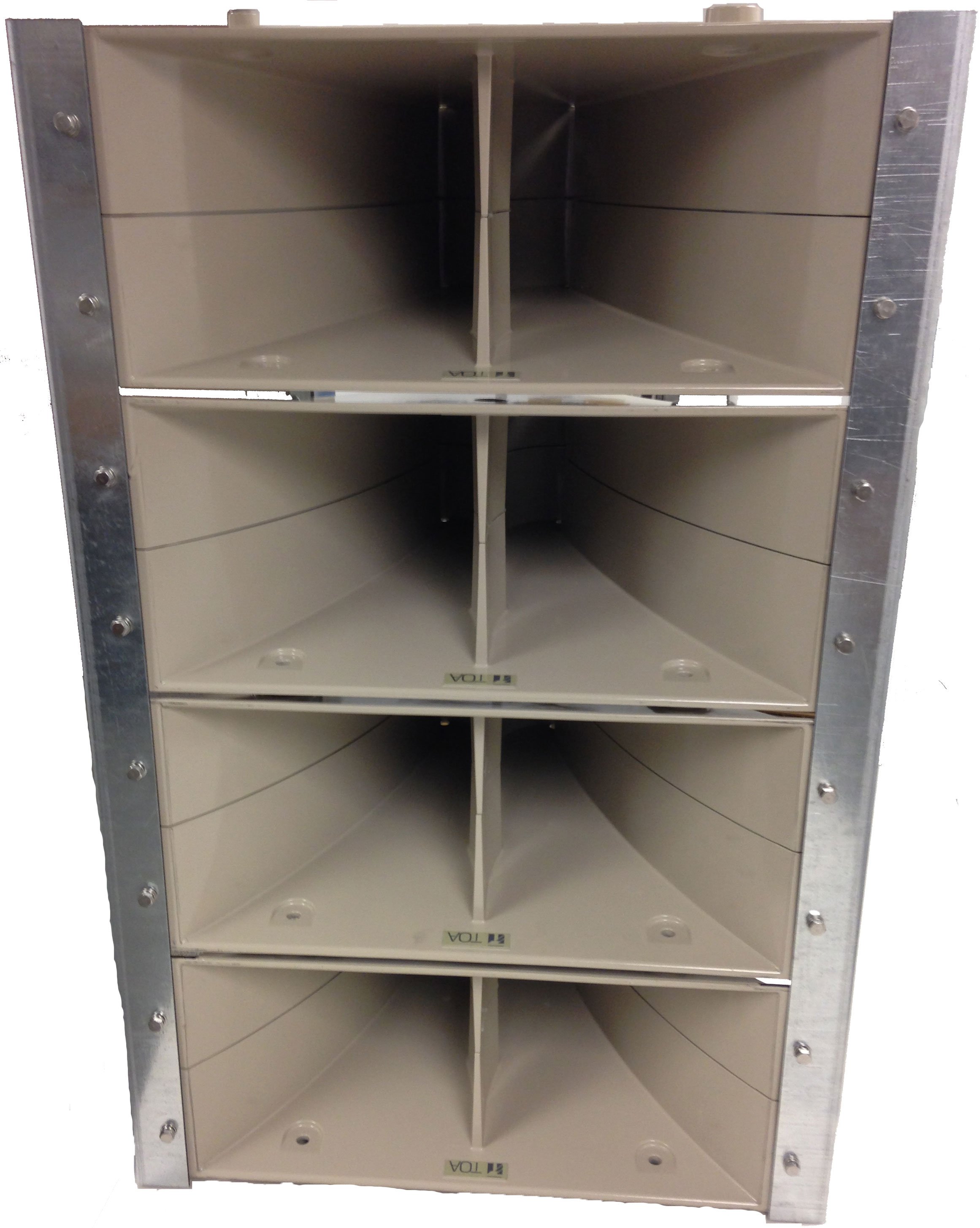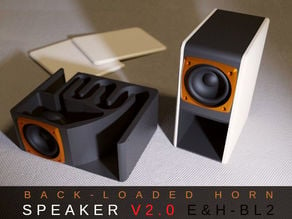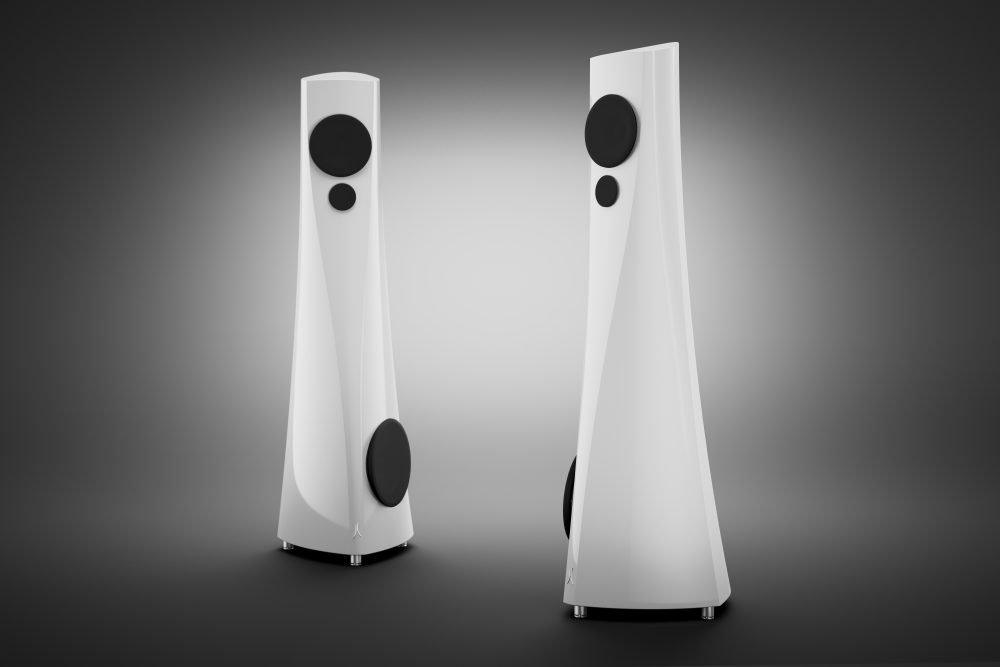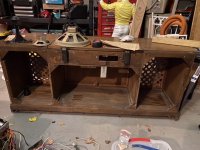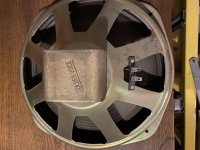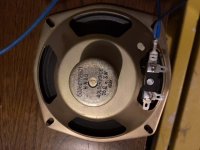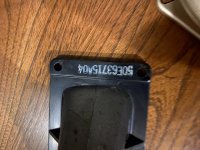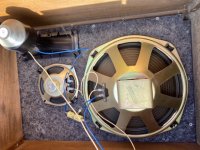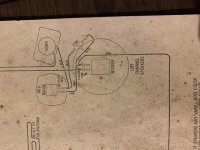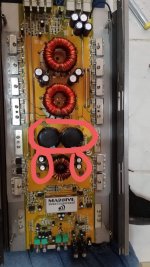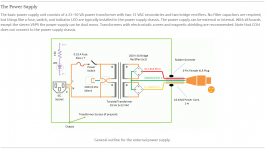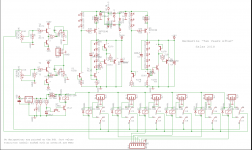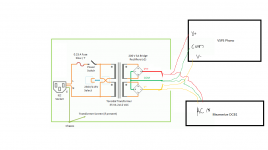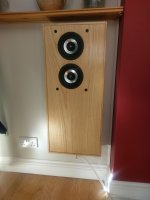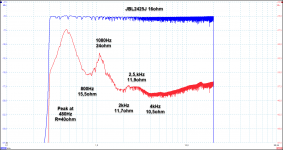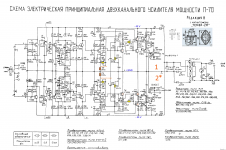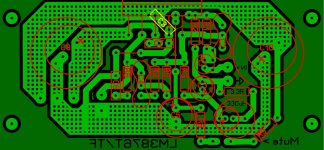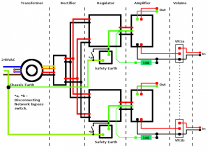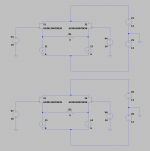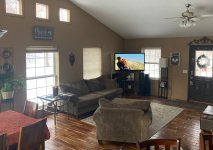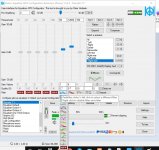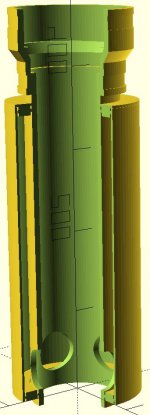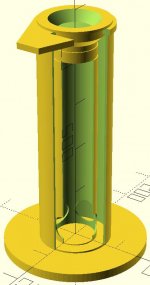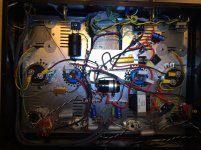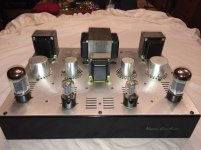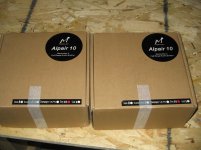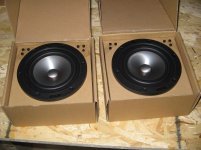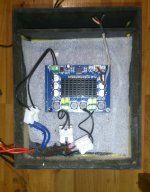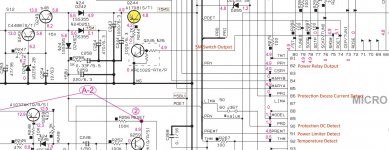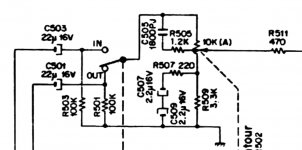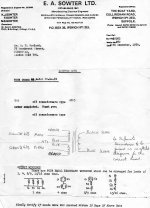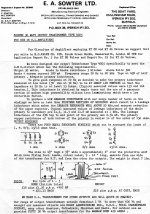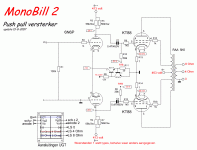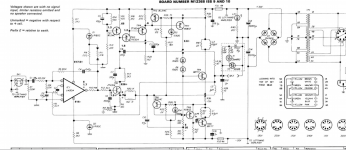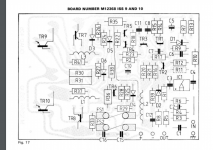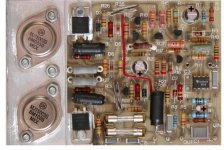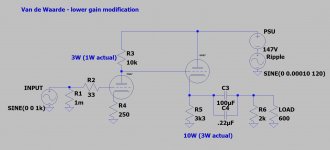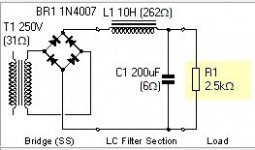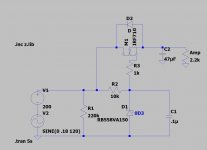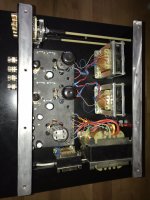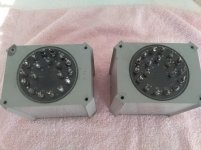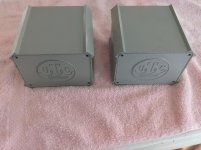this list of hacks isn't elitist, it can work with mp3 too.
1. use a computer, and it's not only because you can play dvd-a or dts-hd ma or good rips with foobar, which has very low distortion compared to an average 1.4Mbps flac, and also richer and detailed sound, mostly at higher volumes. With a pc and a decent soundblaster with low snr you can have good sound, NEVER use USB or external DAC since the levels of tweaking and preamplification inside the computer is lost when sending the sound data via USB to a dac, preamp or amp (see next).
2. (edited, I didn't explained well) Gain structure or stages of preamplification and volume levels between player, windows, preamp, amp. This is the most important step, keeping this setup: amplifier volume as maximum as possible (this is only the volume you have to tweak along with Foobar's volume)> preamplifier at max volume> windows at max volume > foobar at lowest as possible (with mp3 you can have good sound keeping at bare minimum, with 1.4Mbps Flac you can raise foobar volume and with dvd-audio you can raise even further foobar's volume without distortion). This is the only way to listen the best sound, with more richness and less distortion but you can easily destroy the speakers with a sudden sound in the computer.
The tune is between the humming noise-audio richness of amplifier volume and distortion in Foobar volume , also with higher volume you don't notice humming noise so you can keep amplifier at maximum having richer sound, also dvd-a has richer sound when increasing foobar volume since at low foobar volume dvd-a has good undistorted sound but with little sound body. Also you can tweak windows master volume with equalizerAPO and Peace. Also 31 band parametric EQ with foobar is the best way to tune the sound.
3. removing crossovers, this removes energy consumption, increase spl and give you great levels of sound tweaking. With a 5.1 soundcard you can have well tweaked active stereo speakers (with 5 channel foobar EQ) and have 2 channels for mid-highs, 2 for bass-mids and .1 for subwoofer. Also you can use 2 channel EQ board (acts as a preamp and you have more sound tweak) and class d boards which are very energy efficient. With all the setup posted above, you can use a 50W board and deliver very loud homewrecking sound, and that's because the sound has been amplified to the max before arriving to the amplifier and are very efficient.
4. cutting AC. Most of the noise comes from AC, if you hook all the stuff to a battery with solar panels you wont have that humming noise that appears when you use the above settings.
5. no wires. a way to totally remove wire SNR is using sound via Bluetooth with arduinos and lossless Bluetooth boards, with each speaker with a class d board attached and Bluetooth board.
6. arrays or horns is the only way to have good sound, arrays reduce distortion and horns increase spl. making a diy array-horn speaker with Honresp will give you the best sound proven with facts, a horn can modify substantially any driver specifications. arrays inside horns can be made with high, mid and low frequencies, they propagate the sound in an uniform way and are very efficient.
7. Make your own speaker drivers. take magnets from junkyards or copper wire from broken motors, recoat them and make your own field coil speaker drivers, electromagnets can deliver better response than neodymium. To the top end if you make liquefied air or nitrogen, cryo speakers are the most energy efficient speakers to date with impressive speed response, it will remove coil impedance increasing conductivity and the electromagnet will have incredible strength. Also the most important part is light cones, you can make sandwich cones with carbon fiber and epoxy or epoxy-thermoplastic blend.
DIY Speaker Driver Tutorial (Aperiodic 3-way Loudspeaker from Scratch) - YouTube
8. 3d printing. with 3d printing you can make the best 3d curved shapes for horn or ported cabinets. you can 3d print a mold and fill it with
Ultra-High Performance
Concrete or epoxy granite. you wont find a better material for speakers.
Back Horn Speaker V2.0 BL2 - Bluetooth, Active, Passive by guppyk - Thingiverse
Estelon epoxy granite speakers






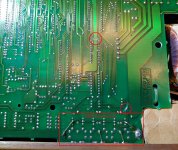

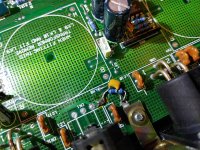
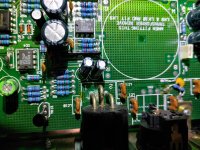

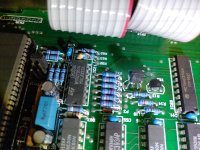

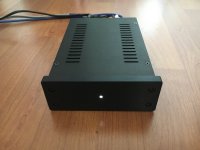
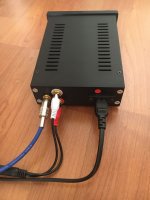
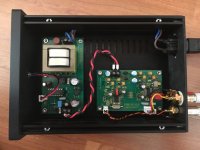

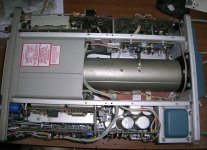
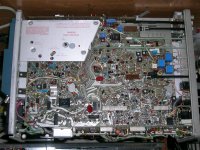
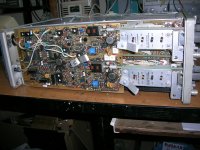
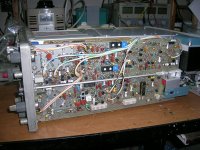
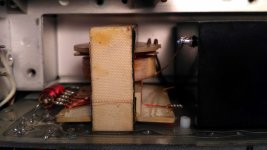
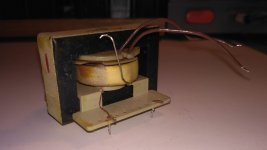
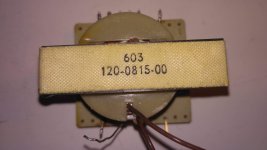

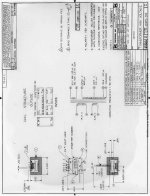
/cdn.vox-cdn.com/uploads/chorus_image/image/57197787/akrales_171011_2046_0152.0.jpg)
